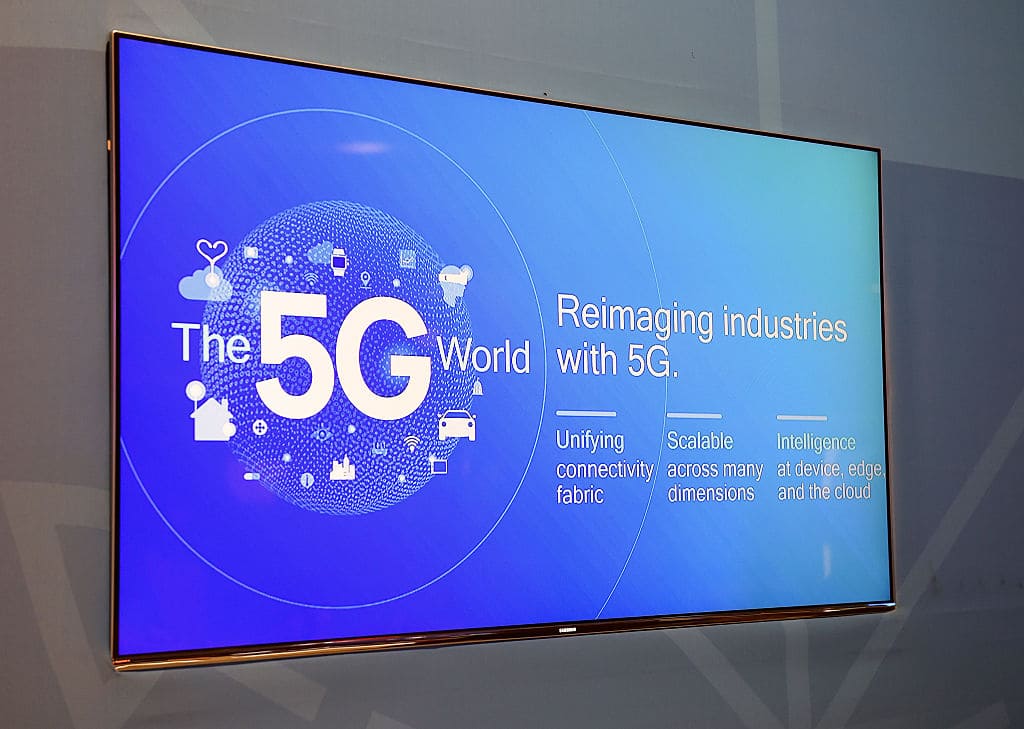5G antennas could pop up in your neighborhood soon enough, but is it safe?

We're entering a new era of lightning-fast data connectivity, '5G' if you want to put a name on it. Data transfer is going to be 100 times faster than the current bandwidth as the wireless industry rolls out the service.
However, the issue at hand is that to acquire 5G connections, cellphone towers must be closer to the audience than ever before, and so telecom companies in the United States are planning to install about 300,000 new antennae across the country.
The aforementioned figure is equivalent to the number of cell towers built over the past 30 years, and this is causing health concerns in many populated neighborhoods.
Tony Dokoupil of CBS News was invited to a lab by Verizon in order to meet some visionaries and entrepreneurs who are building tools to run on the latest advancement of wireless technology.
CEO of Arvizio, Jonathan Reeves, said that the availability of 5G is highly imperative to carry out his company's mission. Arvizio is working on a product that would enable users in different locations to interact with images in 3D using advanced lens.
“Today, we can do this using Wi-Fi technology, and we can do it using landline technology. But of course, you’re then tied to particular locations. With 5G, now we can begin to extend this. So we can actually begin to start doing this on building sites. We can start doing it on the factory floor. So it really opens up a whole new world,” Reeves said.
That being said, every wireless company is working hard to develop its own 5G network, installing new equipment across the country. According to AT&T efforts leader, Melissa Arnoldi, if the antennae are not already planted in your neighborhood, you can be sure that they are coming.
Explaining why the cell towers need to be closer to users, Arnoldi said that 5G uses high-frequency waves that enable faster bandwidths but do not travel as far as contemporary wireless frequencies, and thus, instead of large cellphone towers built far from one another, "small cell" sites are being planned that are much closer to each other and to the users.

“We’re going to use our existing infrastructure today. Whether it’s light poles, whether it’s street lights. So we’re going to make sure that we don’t make it obtrusive to our customers and to the citizens,” Arnoldi said.
Having said that, quite a few critics are not so happy about the proposed construction.
“The cell towers are called small cell towers, but they are not so small when they are in your front yard,” said Donna Barron. She is protesting plans to convert light poles in her Montgomery County, Maryland, neighborhood into small cell sites.
Barron is one among the several protesters who say that these small cell equipment would cause cancer thanks to the radiation emitted by these antennae.
While it is common knowledge that cell phones emit radiation, research on its health effects on users has been rather inconsistent. The National Cancer Institute states: “A limited number of studies have shown some evidence of statistical association of cell phone use and brain tumor risks… but most studies have found no association.”
Barron argues that real estate and property values could face a steep decline once 5G equipment is planted in their neighborhoods. If she loses the battle, Barron said that she will seriously consider shifting base.

“It could drop 20 percent,” she said. “For that house, that house, that house. And then pretty soon you go around the curb and there’s another cell tower. They’re all through this neighborhood. So it’s going to devastate the neighborhood.”
On the other hand, Arnoldi says that although there are no 5G antennae in her neighborhood as yet, they would be there in no time and she's rather looking forward to it. She went on to say that as her workers live and work near the equipment, she is highly focused on their safety.

Later this year, several carriers are scheduled to roll out the fifth-generation wireless service in some cities. However, to use the high-speed data, one will be required to purchase 5G-enabled devices.